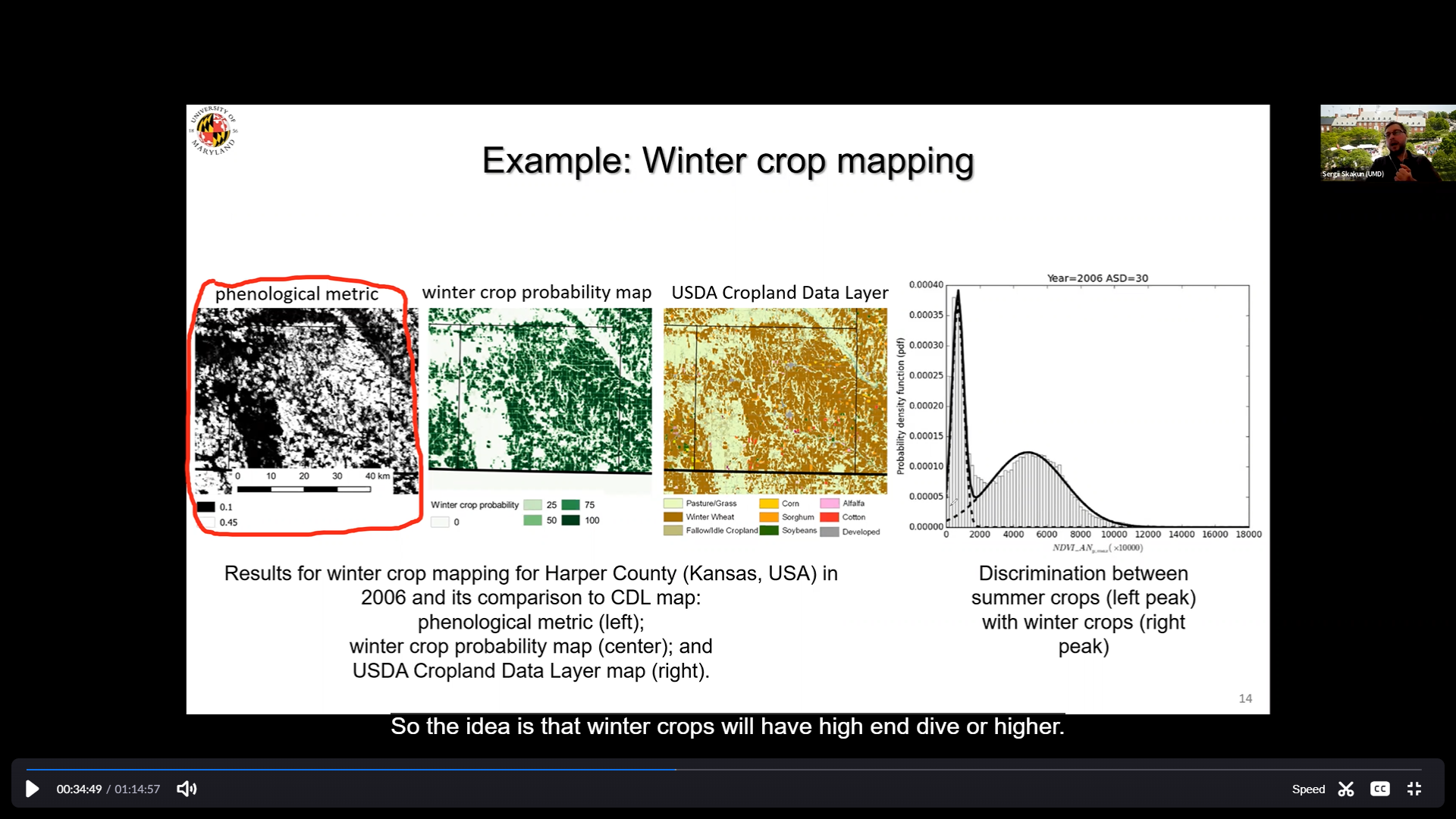The International GEO-Innovation Center hosted the first International Quantitative Remote Sensing Summer School. The virtual summer school was hosted in collaboration with Wuhan University and the University of Hong Kong, with speakers from multiple international institutions from 5-13 July 2022 with talks in English and Chinese and was very well-received with more than 5000 total registrations, predominantly consisting of students and young researchers.
Remote sensing experts from 16 international universities came together to give 21 lectures in English covering a variety of topics including data processing, satellite product development, quantitative data retrieval, machine learning, and environmental and climate applications. Amongst the lecturers were GEOG faculty Alexandra Tyukavina, Joanne Hall, Xiaopeng Song, Sergii Skakun, Dongdong Wang, and Ralph Dubayah, who discussed GLAD lab products, remote sensing of fire, agriculture monitoring, land cover and land use change, shortwave radiation and the GEDI mission.
The Director of the International GEO-Innovation Center, Professor Ralph Dubayah, the Center’s task force chair, Professor Chris Justice, and Professor Shunlin Liang were instrumental in setting up the collaboration with Wuhan University to initiate the International Summer School. “My very strong hope is that we can continue these kinds of interactions with Wuhan University, the University of Hong Kong and other international universities, pushing not just the educational piece of this forward but also all the exciting science that we’ve heard about,” said Dubayah. “These [interactions] are addressing very important problems on sustainability in many different ways and these are not problems that any one of us can solve by ourselves. To the degree that we can enable this kind of international collaboration both on the educational side and the research side, I think it will be very powerful and exciting going forward.”

This article was originally posted on the UMD GEOG website.
